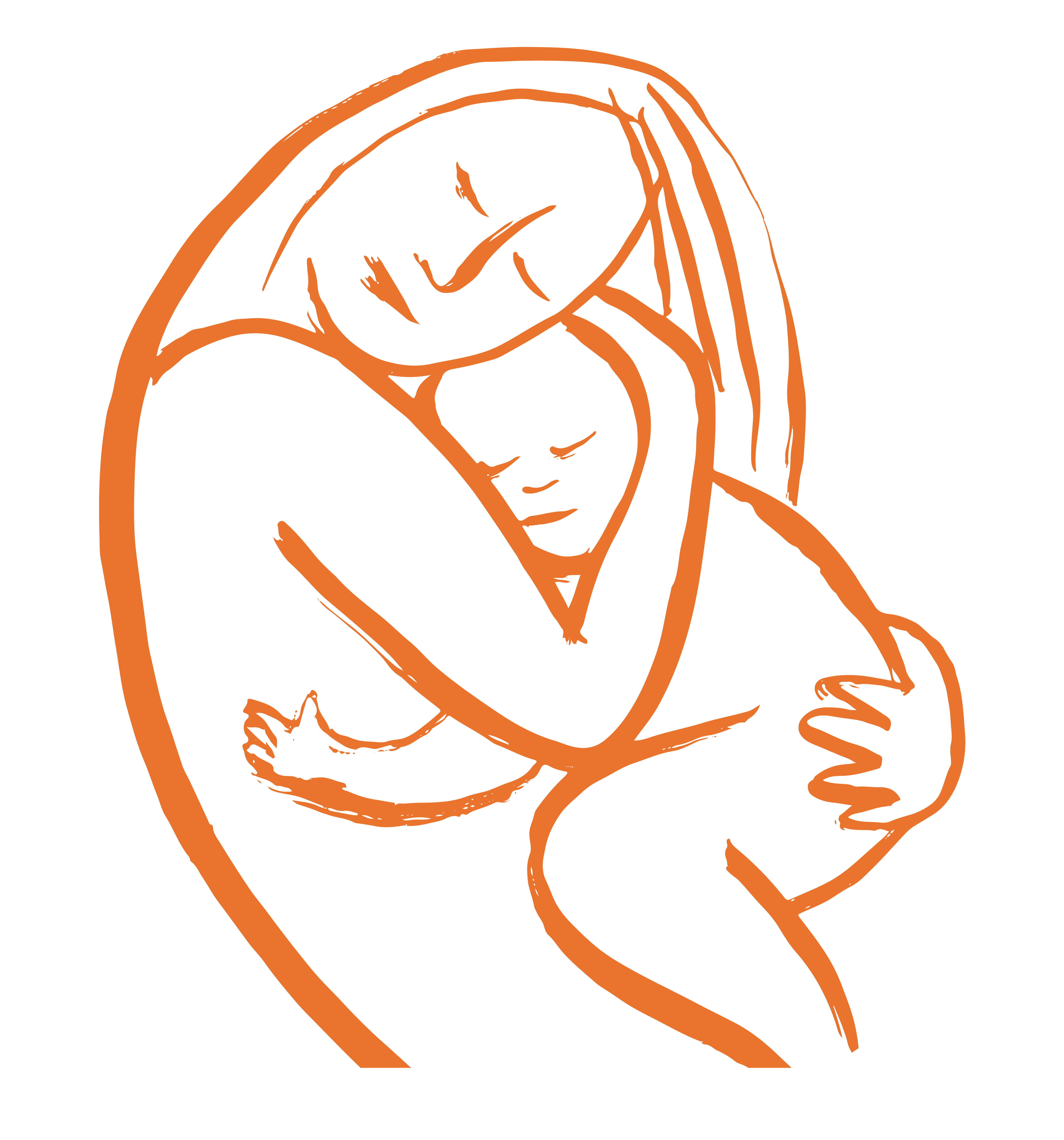More women die of pregnancy-related deaths in India each year than nearly anywhere in the world (other than Nigeria): an estimated 63,861 women died from maternal causes in India in 2015, and the maternal mortality rate is 248 per 100,000 live births. Together, Nigeria and India account for one-third of all maternal deaths globally.
More than half of India’s births take place at home and only 15% of women receive complete antenatal care. In a country plagued by son-preference, the 2011 census reveals a declining child sex ratio from 927 to 914 females against 1,000 males (Govt. of India 2012). Low budget allocations for public health, inadequate health infrastructure and workforce, and historical discrimination against women, particularly poor women from lower castes and tribal populations, continue to place maternal health low on the political agenda. Despite economic progress and a range of policies and programs centered on reducing maternal and infant mortality, as well as constitutional and international human rights obligations aimed at protecting the lives of women, the maternal mortality rate has remained consistently high.
Millions of low-income people live in slums in Delhi or are employed and live in and around tea gardens in Assam. In both places, mortality and morbidity of pregnant women, infants, and children are disproportionately high, and entire communities face high rates of anemia, hypertension, dysentery, and diarrhea driven by gaps in accessing healthcare.
Barriers to Maternal Care and Drivers of Maternal Mortality Rates in Assam and Delhi
Poverty, Prejudice, and Inequitable Healthcare in Assam: The northeastern state of Assam is the world’s largest tea growing region and accounts for more than 52% of India’s tea. With more than 6 million people dependent on the Assam tea industry, tea workers are the largest organized sector in India. They are also the lowest paid, earning far below the state minimum wage.
Forcibly brought to Assam by the British from the tribal tracts of Bengal, Bihar, Orissa, and Madhya Pradesh in the 1840’s, Adivasi, or Indigenous, laborers were left with no option but to live and work on the plantations, isolated from Assam’s mainstream in a system designed to maintain control and breed profit. Four generations later, the workers remain segregated, dependent on the tea management for livelihood, health, food, and education, culminating in high maternal and infant mortality, malnutrition, illiteracy, and poverty.
In 2008, the state of Assam entered into a Memorandum of Understanding (MOU) with 23 tea gardens in a public-private partnership (PPP) to provide better healthcare facilities to tea garden workers and families living near tea gardens. The PPP mandates that Tea Garden Hospitals must provide free medical treatment to all people without discrimination, and 250 Tea Garden Hospitals are given an annual 15 lakh (25,000 USD) from the government to address facility gaps, including improvements to infrastructure (such as construction and renovation of labor and neonatal rooms), more health workers, a minimum of one ambulance per hospital, and expanded provisions of medicines and consumables. The support was to augment existing medical benefits and facilities set forth under the Plantation Labour Act.
In reality, the Tea Garden hospitals have generally failed to meet these obligations and lack the necessary services or staff to address maternal health complications. As a result, referral to higher public health facilities is common practice. These facilities, largely Primary Health Centres, Community Health Centres, and District Hospitals also suffer from lack of infrastructure, staffing, supplies, and allocation of funds to adequately treat pregnant women and newborns.
Severe Poverty and Systemic Failure in Delhi: More than a third of the 20 million people living in the capital survive on less than $1.25 a day. Millions are forced to live in slum areas and makeshift camps, struggling to access basic services such as health, nutrition, sanitation, and housing entitlements. Many live under a constant threat of eviction from their homes, with little hope for safety and security of tenure. Women and children, particularly from Dalit and Muslim communities, are the most vulnerable to being left behind in Delhi’s economic growth.
In Delhi, no PPP exists to protect women and children. Women who seek care at public health facilities encounter a system rife with challenges, placing their pregnancies at severe risk. Primary health centers are often vacant or closed, lacking skilled medical personnel and lifesaving supplies. This results in tertiary facilities that are severely overcrowded, unhygienic, and unsafe for women. The culpability lies with the State and Central Governments in their failure to provide maternal health services in accordance to the law.

